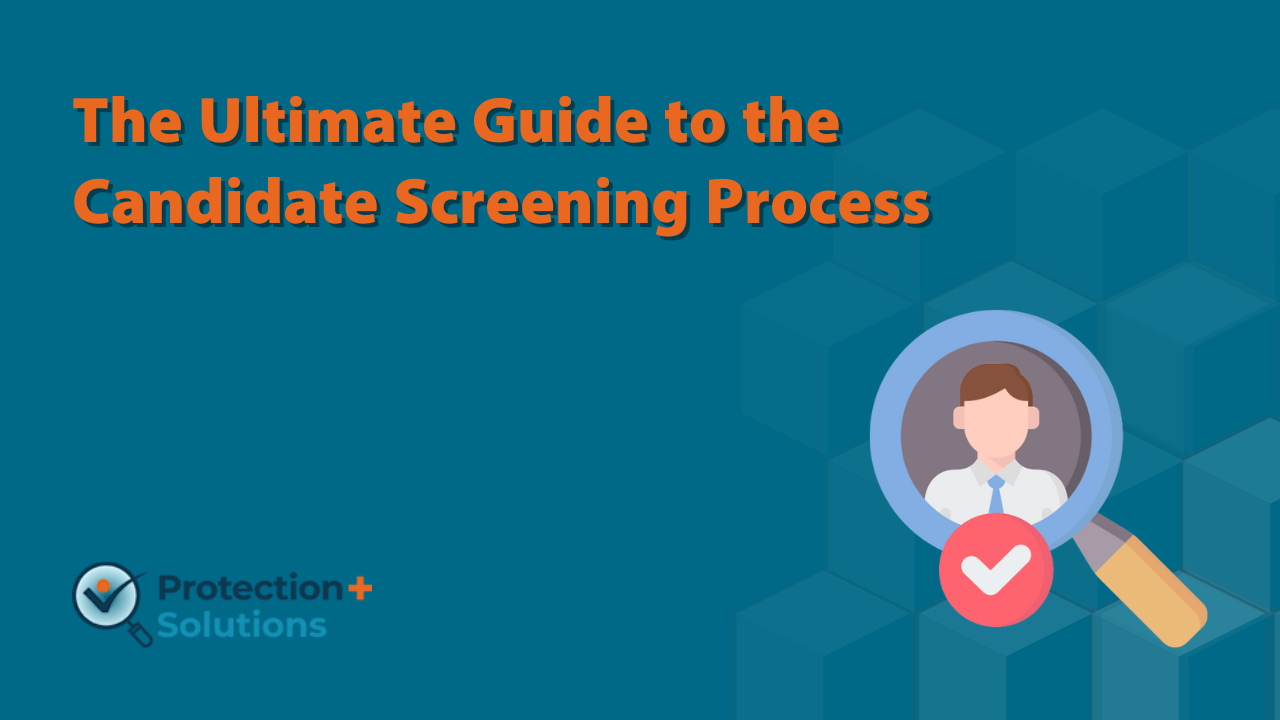The Ultimate Guide to the Candidate Screening Process

Have you ever felt overwhelmed by the sheer volume of job applications? You’re not alone. The candidate screening process is where it all begins and if done right, it can save your team from drowning in resumes and making wrong hires. Let’s break it down in simple, actionable steps to make your hiring journey smoother.
What is Candidate Screening?
Definition and Importance
Candidate screening is the process of filtering job applicants to determine who best fits the role. Think of it as sifting gold from sand – you need to find those shiny nuggets that add value to your company.
Screening vs. Selection
Many confuse screening with selection. Screening narrows down candidates to a shortlist, while selection is the final hiring decision. Screening is about who qualifies; selection is about who fits best.
Why is the Candidate Screening Process Crucial?
Saving Time and Resources
Imagine interviewing 100 people for one role. Exhausting, right? Screening helps cut down that number to manageable figures, saving HR teams countless hours.
Enhancing Hiring Quality
The better you screen, the higher the chances of hiring top talent. Poor screening leads to bad hires, which are costly and damaging to team morale.
Key Steps in the Candidate Screening Process
Step 1: Reviewing Resumes and Applications
This is the first filter. Here, you check qualifications, experience, and keywords that match your job description. An ATS can streamline this step by ranking resumes.
Step 2: Conducting Phone Screenings
A brief 15-20 minute call helps validate a candidate’s interest, communication skills, and salary expectations before moving them to detailed interviews.
Step 3: Administering Skills Assessments
Test their technical or role-specific skills. For example, a content writer might take a writing test, while a developer might complete a coding assessment.
Step 4: Checking References and Background
Don’t skip this. Reference checks validate their performance, attitude, and integrity. Background checks ensure legal and compliance safety.
Step 5: Final Shortlisting
After all assessments and checks, create a final shortlist of candidates who proceed to structured interviews and decision-making.
Effective Techniques for Candidate Screening
Using ATS (Applicant Tracking Systems)
ATS helps parse resumes quickly, filter them based on skills, and manage applications seamlessly. It’s your first screening assistant.
Structured Interview Questions
Prepare standardised questions to evaluate all candidates fairly, focusing on skills, experience, and behaviour.
Behavioural and Situational Assessments
These evaluate how candidates handle real work situations, revealing their problem-solving approach and adaptability.
Common Challenges in Candidate Screening
High Volume of Applications
The more attractive your company, the higher the number of applicants. Screening them manually becomes overwhelming.
Bias in Screening
Unconscious bias can influence decisions, leading to unfair rejections and lack of diversity in teams.
Time Constraints
Hiring teams are often pressed for time, leading to rushed screenings and poor candidate experiences.
How to Overcome Screening Challenges
Leveraging Automation Tools
Tools like AI resume scanners and pre-screening chatbots reduce manual workload and speed up the process.
Training Recruiters Against Bias
Awareness sessions and structured evaluation templates reduce subjective judgements during screening.
Standardising the Process
Having clear criteria and a defined screening flow ensures consistency and quality in hiring.
Candidate Experience During Screening
Communication is Key
Keep candidates informed about their application status. Silence creates anxiety and damages employer branding.
Providing Timely Feedback
Even a simple rejection email with polite feedback makes candidates feel valued and respected.
Role of Technology in Candidate Screening
AI and Machine Learning
AI analyses resumes beyond keywords, assessing skill relevance, experience progression, and suitability.
Video Interview Tools
These allow asynchronous interviews where candidates record responses to pre-set questions, saving scheduling hassles.
Best Practices for an Effective Candidate Screening Process
Clear Job Descriptions
Define must-have and nice-to-have skills clearly. It sets expectations for applicants and eases screening.
Collaboration with Hiring Managers
Recruiters should align closely with managers to understand role nuances and cultural fit requirements.
Candidate Screening Metrics to Track
Time to Screen
Measure how long it takes to screen applications. Faster screening ensures you don’t lose top talent to competitors.
Quality of Hire
Evaluate post-hiring performance to check if your screening process is effectively identifying the right people.
Future of Candidate Screening
Predictive Analytics
Data will predict candidate success rates based on previous hiring patterns, skills data, and behavioural indicators.
Gamified Assessments
Game-based assessments test skills and cognitive abilities in an engaging way, reducing candidate stress and revealing true abilities.
Conclusion
The candidate screening process is your gateway to building winning teams. Done right, it saves time, improves hiring quality, and enhances employer branding. Whether you’re a startup or an enterprise, refining your screening approach will always pay dividends in performance and growth.

